How to make a borax snowflake
by Scott Dutfield · 07/12/2019
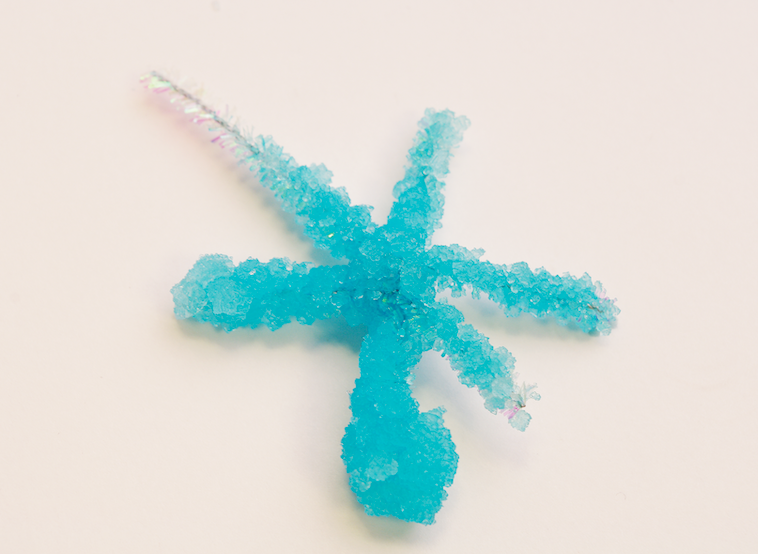
Exploit the natural, crystallising properties of borax to create some unique snowflake decorations
Disclaimer: Borax is a toxic substance and should be handled with care and always with adult supervision. Under no circumstances should you eat, inhale or apply the substance to your or anyone else’s person. Further, when handling the product, ensure that protective gloves and goggles are worn at all times. Neither Future PLC nor its employees can accept liability for any injury or adverse side-effects as a result of carrying out this experiment.
Equipment
- 1 x string
- 1 x glass jar
- 1 x pipe cleaner
- Borax (100g/3.5oz)
- 1 x pencil
- 1 x kettle
- Food colouring
- Scissors
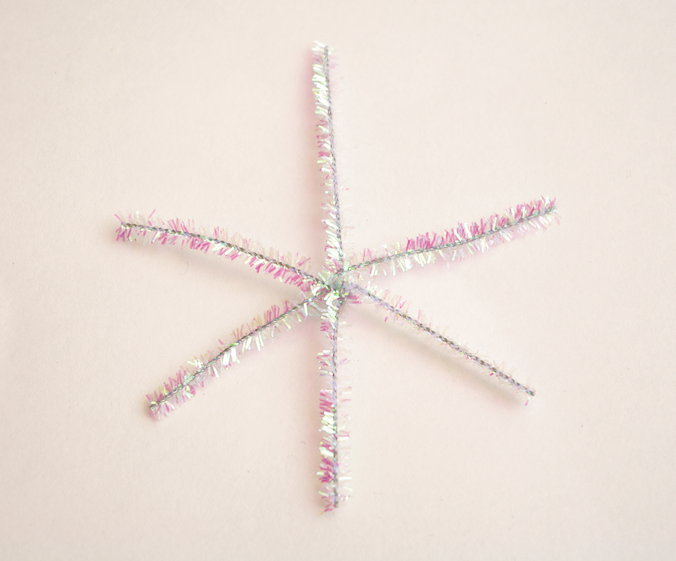
Step 1
To kick off take your pipe cleaner and bend it roughly into a snowflake shape. A rough star is best, ensuring that one end extends outwards. If necessary, cut down the pipe cleaner a little to make its manipulation easier. Of course at this juncture, if you fancy fashioning a different shape to crystallise then go for it. The only thing you need to bear in mind is that the finished shape needs to be able to fit inside the glass jar without touching its sides.
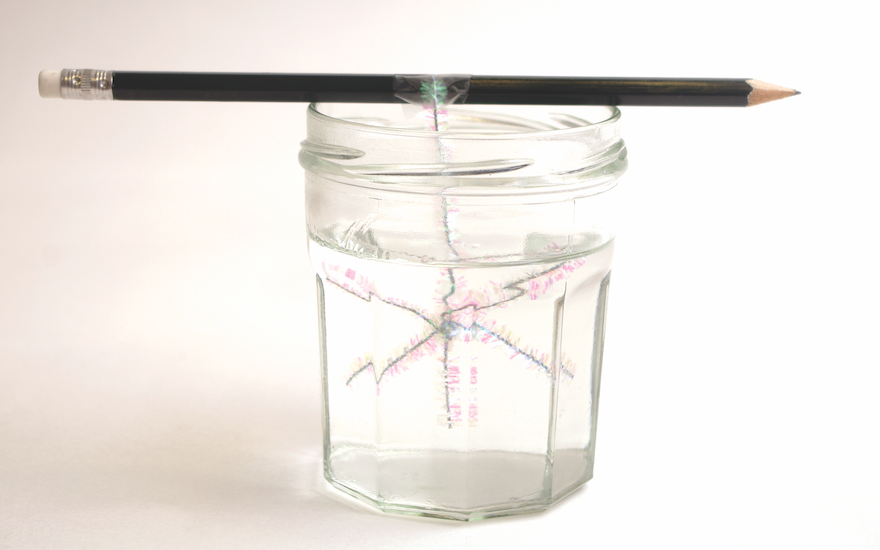
Step 2
Next, tie a piece of string to the elongated pipe cleaner end and then tie the other end of the string around the centre of your pencil. We are doing this as we need to be able to hang the snowflake within the jar and then remove it, post-crystallisation, by lifting the pencil from its rim. At this point ensure that no part of the pipe cleaner touches any side of the jar once hung, as this will make it harder to remove once crystallised.
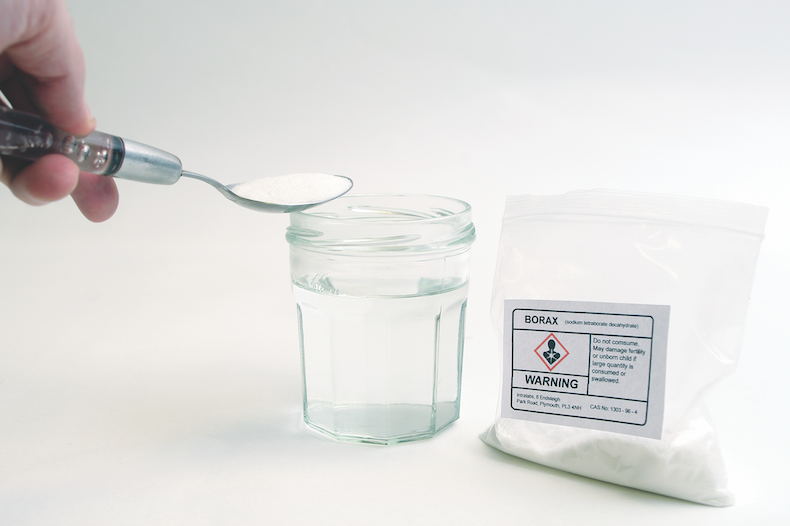
Step 3
Now remove the snowflake from the jar and fill the vessel with a cup’s worth of boiling water (if you have a particularly large glass jar more water may be required; the key is to ensure that the whole object is submerged when dangling in the jar). Once the boiling water is in the jar, add three tablespoons of borax powder to the solution per cup of water used. So, for example, if you used two cups of water, you should add six tablespoons of the borax powder.

Step 4
As you add the borax powder continuously stir the mixture to ensure as much as possible is dissolved into the solution. In addition, if you want to colourise your snowflake, now is the time to add your food colouring to the mix. Blue works well, as it helps generate a realistic appearance, however any colour dye will work. Only a couple of applications are needed though, so don’t be overzealous. Crucially, do this as quickly as possible as we want to be able to hang our pipe cleaner within the solution while it is still hot.
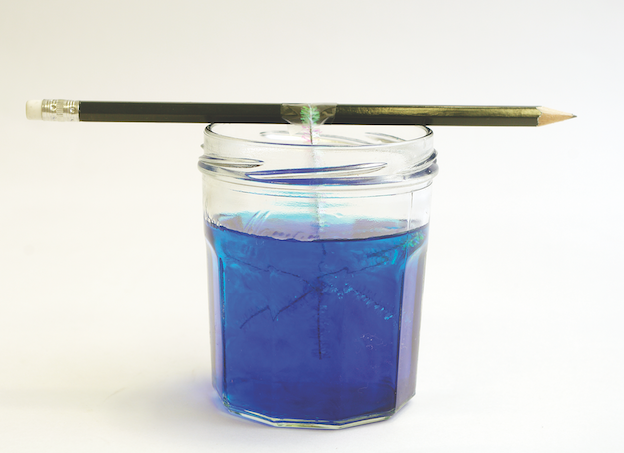
Step 5
Okay, finally it’s time for some action. Hang the pipe cleaner snowflake into the solution and leave it in a still, cool place for 24 hours. If you have followed the steps correctly, by the next day, you should be able to lift the pipe cleaner out of the remaining solution and be wowed by its miraculous transformation into a crystal snowflake. Now all that is left to do is to untie the string from the pencil and re-tie it onto your structure of choice – instantly granting it a cool festive look.

Conclusion
So what exactly have we learnt here? Borax, like sugar and salt, naturally grows into a crystalline structure. Further, borax – in its powdered form – will be dissolved into a solution when heated correctly to a point of supersaturation, causing said solution to eject the material when cooled. Together, they allow the naturally crystallising properties of borax to be harnessed and manipulated so that crystallisation can be focused onto and around an object. This type of artificial, forced crystallisation is commonly used in industrial applications where particular materials need to be extracted from solutions – two examples being the extraction of sucrose from beets and powdered salt from brine.
This article was originally published in How It Works issue 28
For more science and technology articles, pick up the latest copy of How It Works from all good retailers or from our website now. If you have a tablet or smartphone, you can also download the digital version onto your iOS or Android device. To make sure you never miss an issue of How It Works magazine, subscribe today!





